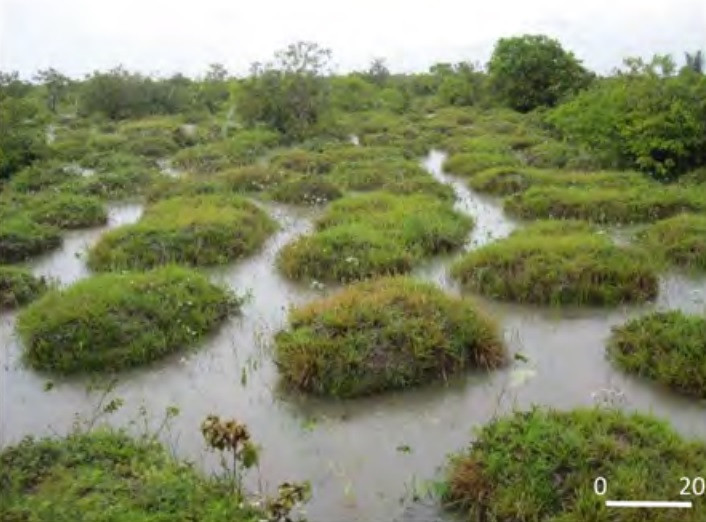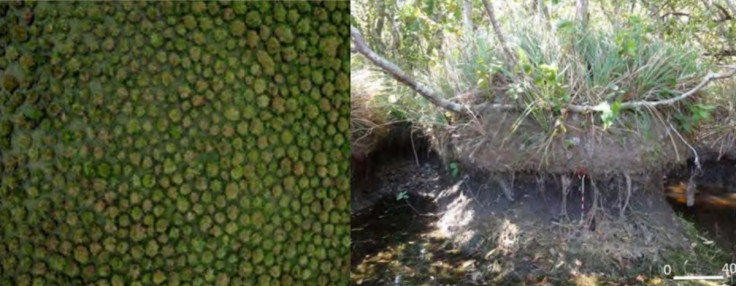Mystery behind vast mounds spanning South America's wetlands solved
Across wetlands in South America, spectacular and mysterious mounds of earth can be found. These mounds are densely packed, regularly spaced, can be up to 5m across and 2m high and cover vast areas of land – yet scientists had no idea what formed them. Researchers from the University of Exeter have now solved this mystery, finding the mounds – also called surales – are formed by the humble earthworm.
Despite being described by science since the 1940s, the ecology of the mounds – found in Orinoco Llanos in Columbia and Venezuela – is largely unknown. "Given the importance of topographic heterogeneity in the functioning of wetland ecosystems, it is astonishing that no work, even at the most basic levels, has been done to examine the ecological consequences of the pronounced micro-relief of surales landscapes," they wrote in the journal PLOS One.

The team sought to work out how they formed by using satellite images, aerial photographs, field work and tests to understand their physical and chemical make-up. The results showed earthworms create the surales with their excrement, with the casts accounting for up to half of the total soil mass of the mounds.

Earthworms feed in flooded soil, and as a result, ingest quite a lot. They excrete this undigested material as 'casts' – excrement that has the appearance and texture of muddy soil. The worms return to the same place to deposit their casts. Eventually, these casts form towers, which, in turn, become mounds. When two mounds are close together, they can join together to make a single larger mound.
José Iriarte, who worked on the study, said: "This exciting discovery allows us to map and understand how these massive landscapes were formed. The fact we know they were created by earthworms across the seasonally flooded savannas of South America will certainly change how we think about human verses naturally built landscapes in the region."
Researchers said their study is the "first tangible evidence" of the extent of the surales and that these mounds "can no longer be ignored" in terms of the ecology of the region. "But these ecosystems are under threat from industrial agriculture, and are being levelled to make way for highly intensified commercial production of rice, with the risk that they may disappear before they can be understood," they wrote.
"Recognition of the widespread presence of surales in the area and better understanding of their ecology could spur efforts to conserve these landscapes, including research on how they can be managed for the benefit of both biodiversity and human well-being."

© Copyright IBTimes 2025. All rights reserved.






















